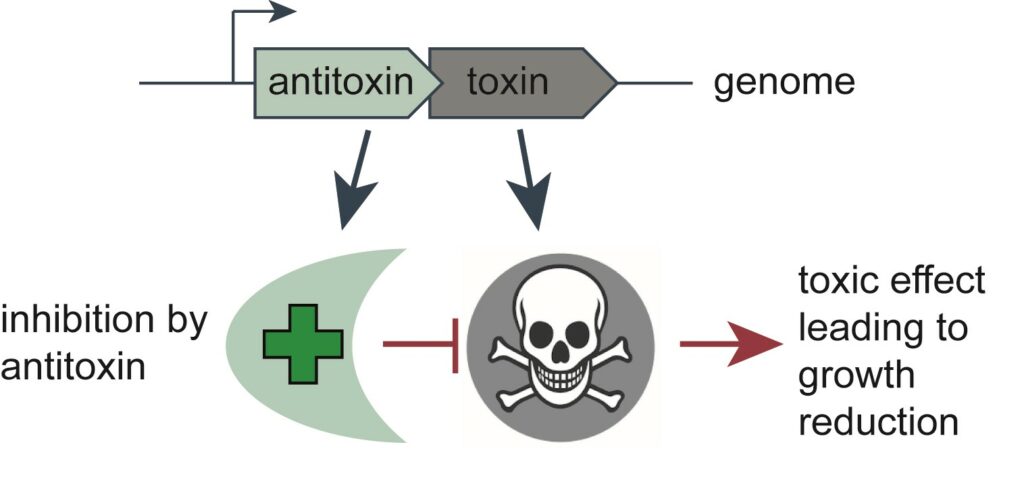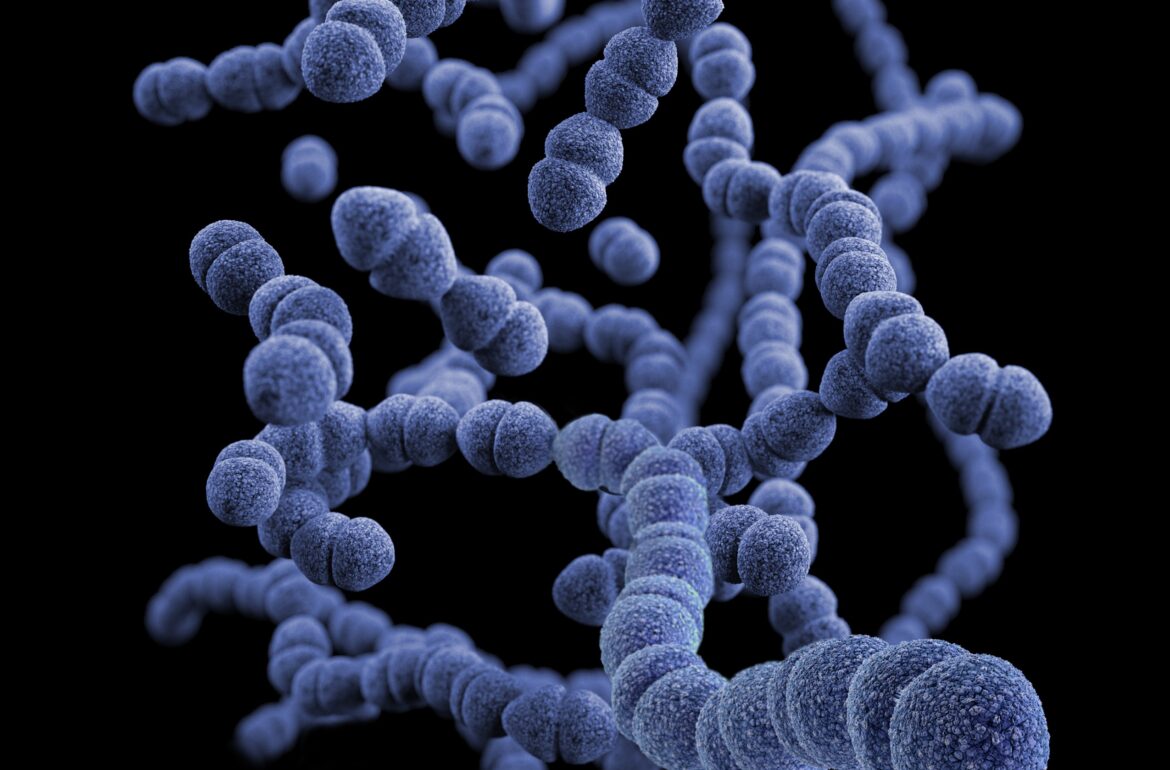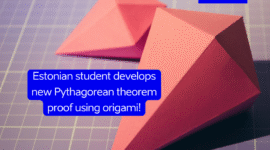The world of bacteria is wide and diverse and they have an important role in ensuring the normal functioning of the human body. On the other hand, bacteria can also cause serious and persistent infections that are hard on the medical system and make our lives complicated. This is why scientists all over the world are looking for novel and smart solutions to fight against different infections.
There are several regulatory genes in the genome of bacteria, some of which form pairs. One of the pairs that interests researchers is the pair in which one gene is responsible for producing a toxin and the other an antitoxin. In short, it means that inside the cells, bacteria can produce toxins that inhibit the cell’s viability and growth and antitoxins that have the opposite effect of inhibiting the toxins. This phenomenon is known as the toxin-antitoxin (TA) system and it has an important role in understanding the bacterial physiology. Today, it has become a promising tool for curing bacterial infections.

However, the diverse world of bacteria also means a large number of toxins with different working mechanisms. This is why there are many TAs we do not know much about. For example, researchers do not know for sure why and how many bacteria have the TA systems. The research on the TA systems is also complicated because it is hard to identify the genes encoding the toxins and antitoxins.
Now, however, researchers led by Gemma Atkinson, Assistant Professor at Umeå University, have developed a computational tool called FlaGs which, in addition to analysing known TA systems, is exceptionally powerful at identifying new ones. This bioinformatics tool has already been used to do experiments in Umeå and Tartu led by Senior Research Fellow in Molecular Microbiology Vasili Hauryliuk and Professor of Technology of Antimicrobial Compounds Tanel Tenson. In recent years, the researchers have assembled a vast and constantly growing TA collection – a zoo of weird and wonderful toxic proteins that act in surprising ways. Hauryliuk said that new and exiting toxins and antitoxins are constantly added to the collection.
“One of the biggest surprises so far has been the discovery of a family of antitoxins that, in the course of evolution, have become specialised in neutralising thousands of different, unrelated toxins. This universal family can be successfully used in the treatment of several bacterial infections,” said Hauryliuk. The researchers have called this family Panacea, after the Greek goddess of universal remedy. Although the new solution is extremely powerful and promising, there is still a lot to understand about Panacea: how it works, what kind of structure it has and are there any other similar families that could be adapted to neutralising different kinds of toxins?
The recently developed computational tool helps to find answers to these and many other questions. TA systems found by the tool are analysed and the action mechanisms identified. This will be a breakthrough in terms of understanding TA systems and the fundamental results will serve as a springboard for an application in medicine. TA systems can be used as molecular switches to control the growth of bacteria – turn it on or off as required. In addition, it has potential application in the production of medically important proteins.
According to researchers from Umeå and Tartu, it is important to understand the diversity of bacteria and the molecular mechanisms of their functions to find novel solutions that benefit all humanity. This is why researchers have collaborated for many years. Thanks to this, doctoral students of the University of Tartu have had the opportunity to improve their knowledge at the prestigious Swedish university. As the bigger goal of the University of Tartu researchers is to establish an integrated centre for molecular infection biology at the Institute of Technology under the project MIBEst, active collaboration with high-level universities in other countries is critically important. The recent grant from Knut and Alice Wallenberg Foundation of almost three million euros to Gemma Atkinson at Umeå University gives the collaboration additional credit at the international level. Vasili Hauryliuk is one of the principal investigators of the grant.
 Back
Back



